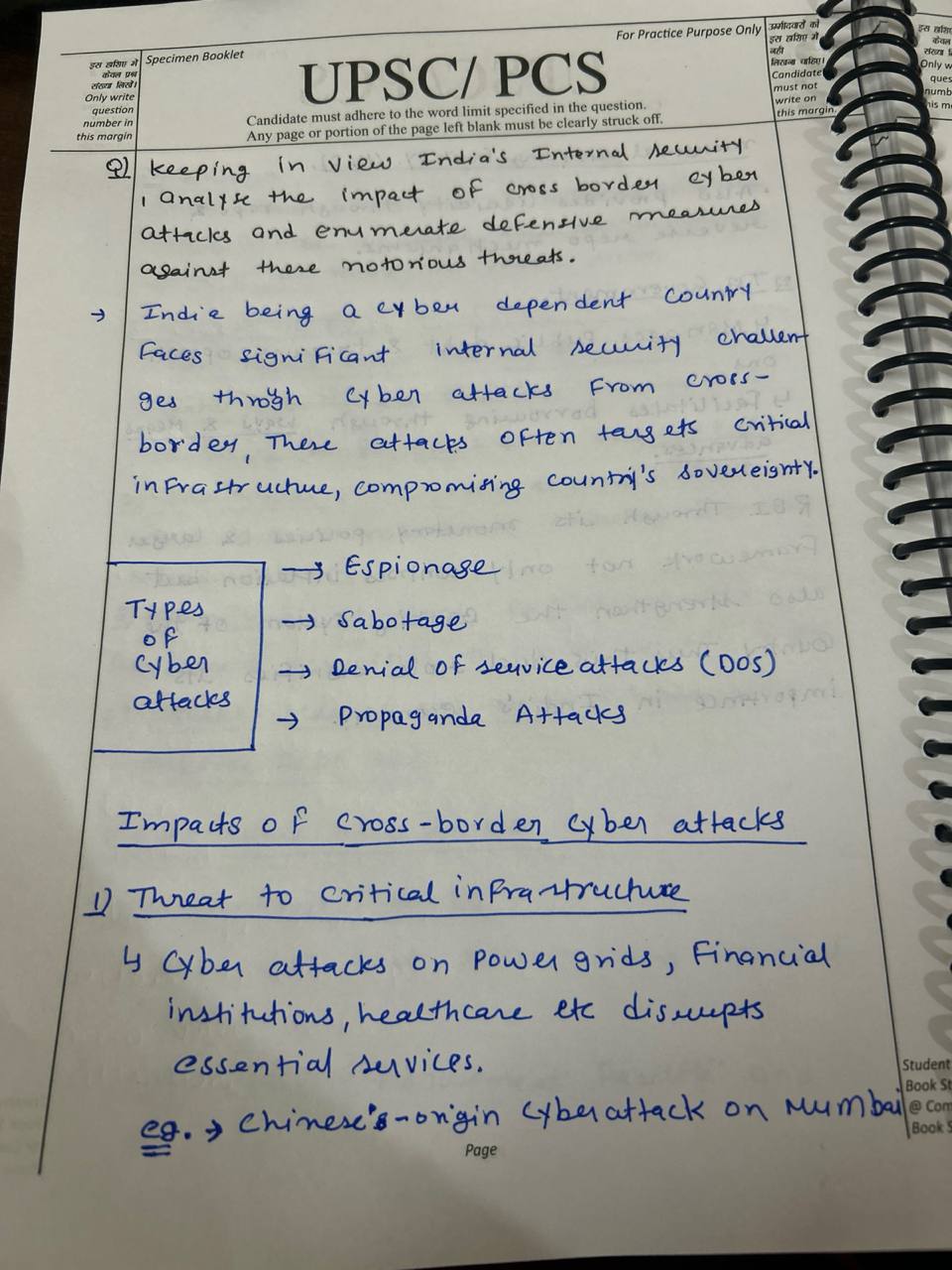What is a phishing attack and how can individuals and organizations protect against it?
Cyber security is becoming a serious issue in our modern society, it is developing lots of issues few including identity threats, pirated files, money frauds, harrasments and many more. In the cat-and-mouse game of cybersecurity, organizations must stay one step ahead of sneaky threats. Imagine a foRead more
Cyber security is becoming a serious issue in our modern society, it is developing lots of issues few including identity threats, pirated files, money frauds, harrasments and many more. In the cat-and-mouse game of cybersecurity, organizations must stay one step ahead of sneaky threats. Imagine a fortress with multiple layers of defense: robust frameworks, regular vulnerability assessments, and employee education. Add advanced technologies like AI and machine learning, and foster a culture where cybersecurity is everyone’s responsibility and collaborate with external partners to share intel and best practices, and have incident response plans ready like a superhero cape. Embrace cloud security, encryption, and identity management like powerful weapons. By thinking creatively and staying proactive, organizations can outsmart even the cyber threats and safeguard their valuable assets.
See less



A phishing attack is a cybercrime where attackers impersonate legitimate entities to steal sensitive information like passwords, credit card details, or personal data. These attacks often occur through deceptive emails, text messages, or websites that trick individuals into revealing confidential inRead more
A phishing attack is a cybercrime where attackers impersonate legitimate entities to steal sensitive information like passwords, credit card details, or personal data. These attacks often occur through deceptive emails, text messages, or websites that trick individuals into revealing confidential information.
To protect against phishing, individuals should:
Be cautious with emails and messages: Avoid clicking on suspicious links or downloading attachments from unknown sources.
Verify the sender: Check the email address and look for inconsistencies.
Use strong, unique passwords: Enable two-factor authentication for added security.
Keep software updated: Regularly update your operating system and applications to protect against vulnerabilities.
Organizations can enhance their defenses by:
Implementing email filters: Use advanced email filtering to detect and block phishing attempts.
See lessConducting regular training: Educate employees about recognizing and responding to phishing attacks.
Deploying security software: Utilize anti-phishing tools and maintain up-to-date antivirus software.
Monitoring network activity: Implement user behavior monitoring to detect unusual activities.
By staying vigilant and adopting these practices, both individuals and organizations can significantly reduce the risk of falling victim to phishing attacks.